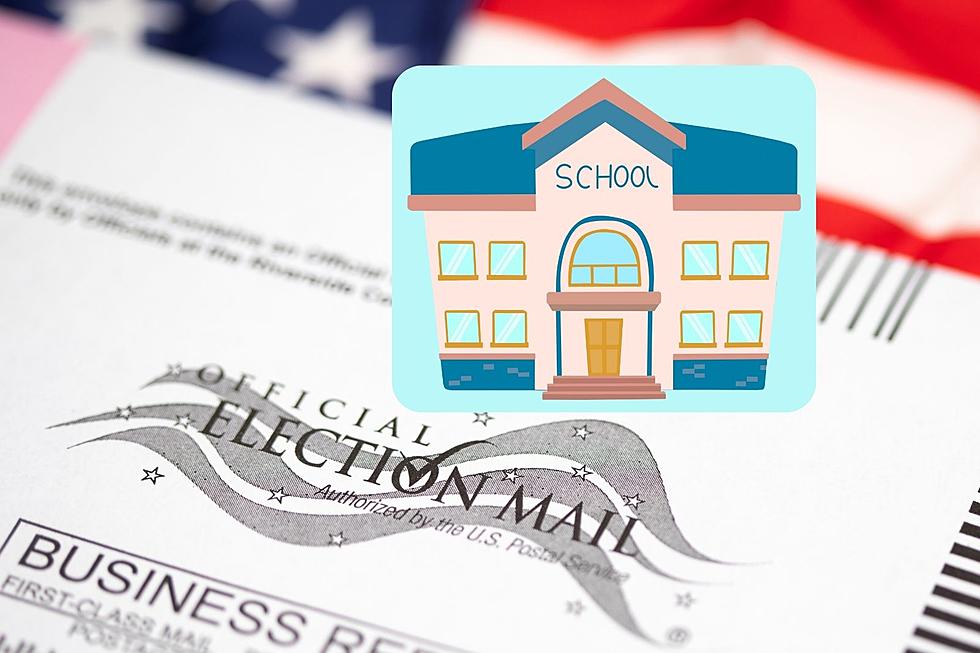
NJ School Board Races: National Culture War Drives Local Interest
After decades of nonpartisan local elections for board of education spots, New Jersey has seen a handful of very contentious races over the past few years.
But is it a statewide trend?
About a month to go before the Nov. 5 school board elections, 1,804 candidates were registered with 1,487 open seats statewide.
That averaged to just 1.21 candidates per seat, according to the New Jersey School Boards Association.
A closer look at all 21 counties shows some clusters of competitive races.
Competitive NJ school board races fall 2023
Gallery Credit: Erin Vogt
More than half (58%) of this year's school board candidates were incumbents looking to keep a seat — 1,042 individuals.
And 745 were uncontested candidates — with no opponents on the ballot.
Statewide, there were 101 seats with no petitions filed. Some were in towns a candidate or two short of open spots.
School districts with open seats and zero candidates included:
🔸 Edgewater
🔸 New Hanover Township
🔸 Washington Township (Burlington)
🔸 Chesilhurst
🔸 Allenhurst Borough
🔸 Shore Regional High School (no candidates for Monmouth Beach or Oceanport)
🔸 High Point Regional HS (no candidates for Frankford or Sussex Borough)
🔸 Great Meadows Regional (Liberty)
🔸 North Warren Regional (Frelinghuysen)
🔸 Warren Hills Regional (Washington Borough)
In Wall, there were three open spots on the school board and no candidates.
While that leaves a good deal of towns with seemingly quiet races, there were pockets of high activity.
Willingboro Township had 16 candidates vying for 5 seats on the school board.
Parsippany-Troy Hills, meanwhile, had 12 candidates vying for 3 seats.
Communities recently making headlines for controversial school board decisions — some even prompting lawsuits from the state — were among those with multiple candidates vying for seats on their local school boards.
Issues driving school board campaigns
Hanover Township, in Morris County, has six candidates with three spots on its board up for election.
The town has been embattled in a lawsuit with the state over moves to dodge guidance on how to handle the isolated cases of students seeking to come out at school as trans.
In Monmouth County, towns that have similarly dealt with the same polarizing LGBTQ issues — Colts Neck, Freehold, Marlboro and Middletown — all had full slates of candidates opposing each other. seven or eight candidates running for three or four spots.
Each of those towns in both counties has a slate of candidates endorsed by the conservative website New Jersey Project.
NJ Project’s social media following has criticized vaccination requirements, anti-racism efforts and LGBTQ inclusivity, among other issues.
Many of the endorsed candidates run under slogans including “Putting Children First,” “Education Not Indoctrination,” “Students First,” and “Parents Who Lead.” In Edison, endorsed candidates used the slogan “Students First Team.”
Voter turnout in New Jersey for school elections
As of Oct. 1, New Jersey had 6.5 million registered voters. Of those, 2.35 million were unaffiliated, 2.5 million were Democrats and 1.54 million were Republicans.
Last year, voter turnout averaged 41% as just 2.66 million voters cast ballots, statewide.
By county, 2022 voter turnout varied — from the highest in Hunterdon County at 57% to the lowest in Hudson County at 29%.
LOOK: Most common jobs 150 years ago in New Jersey
Gallery Credit: Stacker
30 'poorest' neighborhoods in NJ
Gallery Credit: New Jersey 101.5
More From WPG Talk Radio 95.5 FM










